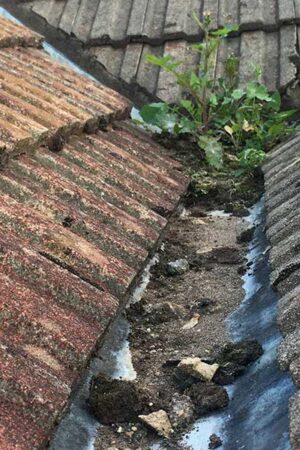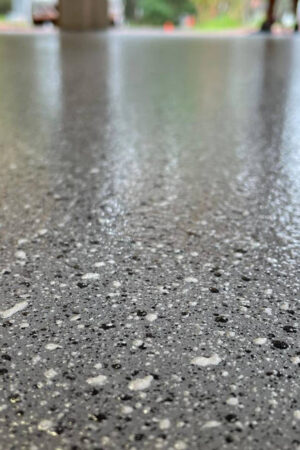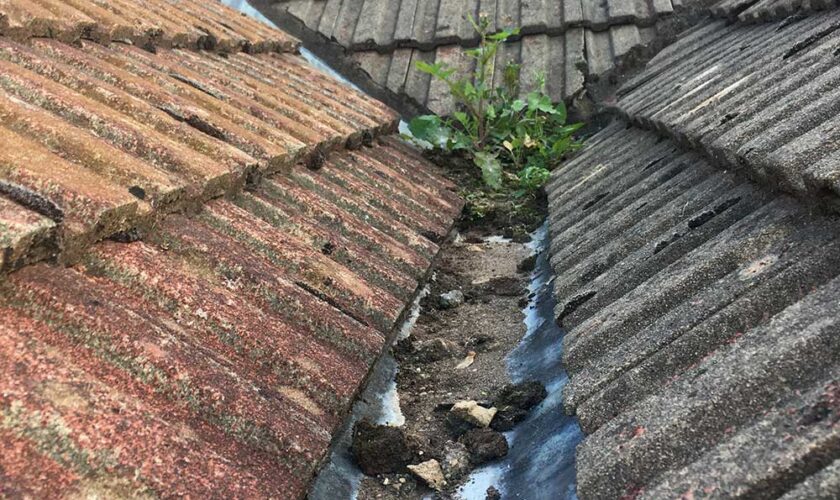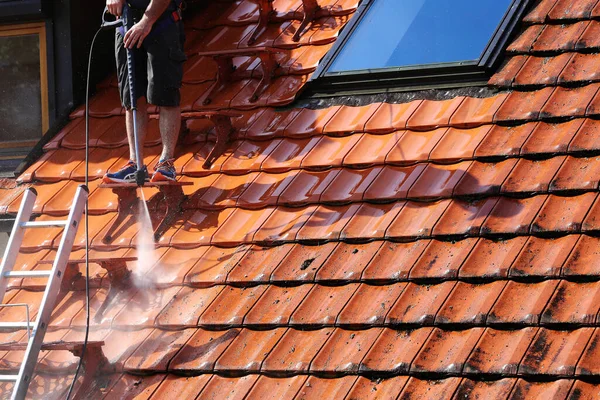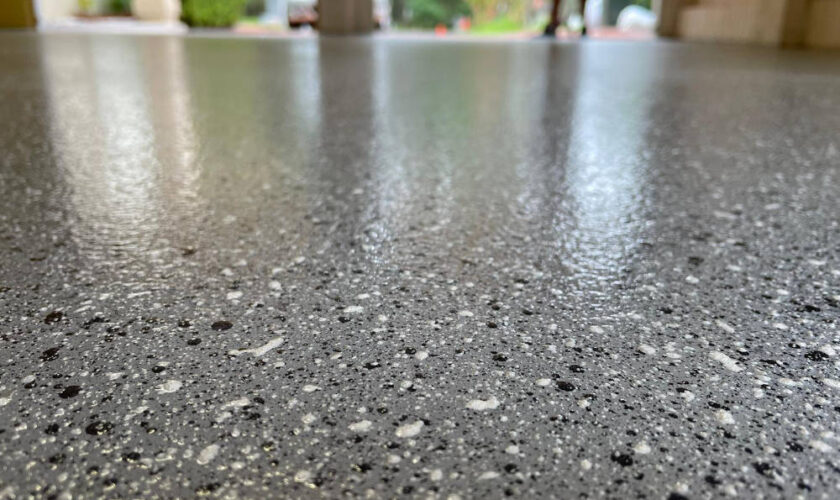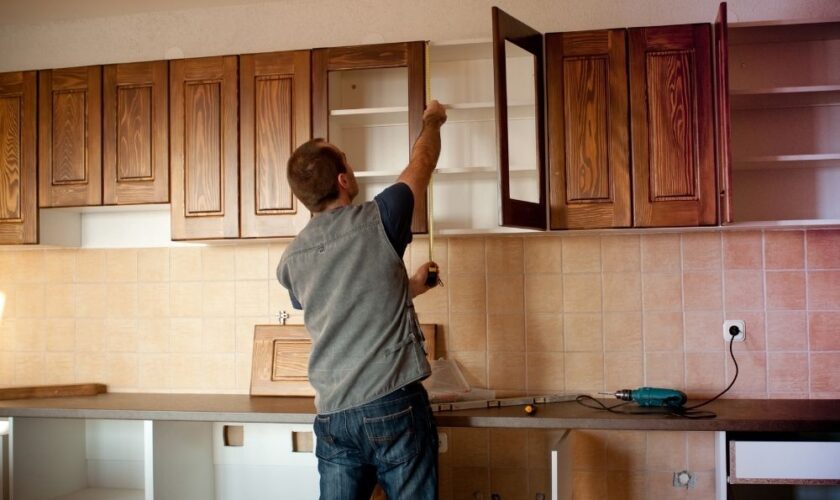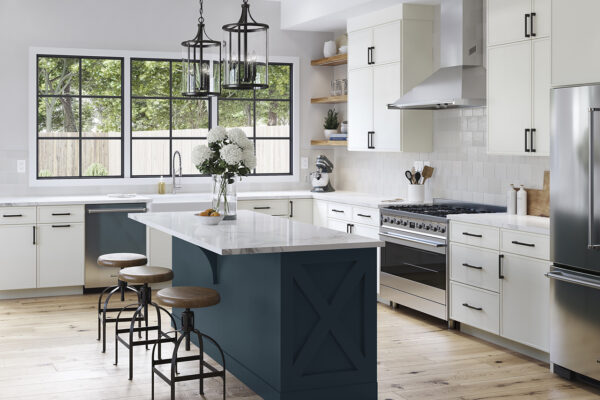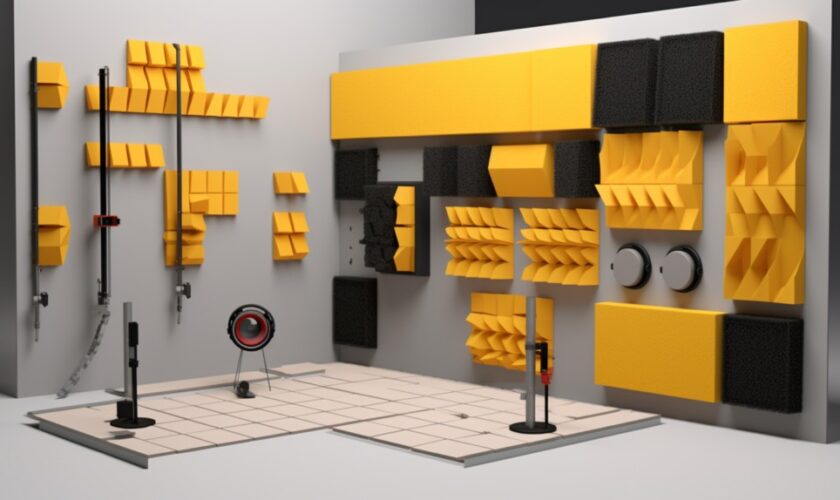The property market in Singapore is constantly evolving, and trends such as technology integration, sustainability, and changing buyer preferences are reshaping the landscape. These trends significantly influence property valuation services in Singapore, particularly in areas like real estate appraisal and valuation reporting. Here, we explore how these popular trends are impacting the industry and what it means for stakeholders.
1. Digital Tools Revolutionising Real Estate Appraisal
One of the most notable trends is the adoption of digital tools and advanced analytics in property valuation. Traditional methods relied heavily on manual calculations and in-person assessments, but technology has streamlined these processes. Mobile applications and software solutions enable property valuers to access real-time market data, perform automated appraisals, and generate valuation reports more efficiently.
For example, digital tools allow valuers to analyse trends in property prices and neighbourhood developments with greater precision. This enhances the accuracy of property valuation services in Singapore, benefiting both buyers and sellers. However, relying on technology also demands that professionals maintain a thorough understanding of market conditions to complement these tools effectively.
2. Sustainability and Green Building Initiatives
The global emphasis on sustainability has reached Singapore’s property market, influencing how properties are appraised. Green buildings and energy-efficient designs are now viewed as valuable assets, with sustainable features increasingly factored into property valuations. Attributes like solar panels, energy-efficient appliances, and green certifications add value to properties.
As sustainability trends continue to grow, real estate appraisal methods are adapting to quantify the benefits of these features. Buyers seeking eco-friendly homes push demand higher, and valuers must stay informed about how these green initiatives impact long-term property value. This shift makes sustainability a critical element of modern property valuation services.
3. Rising Importance of Data Transparency in Valuation Reporting
Transparency is a growing priority in Singapore’s real estate industry, and it significantly affects valuation reporting. Buyers and investors increasingly expect detailed, easy-to-understand reports that provide comprehensive insights into a property’s market value. Reports now include data on location, comparable sales, and future development projections, ensuring all stakeholders are well-informed.
This trend promotes accountability and builds trust among buyers, sellers, and investors. Real estate professionals offering property valuation services in Singapore must refine their reporting processes to meet these heightened expectations. Providing accurate, transparent valuation reporting is key to maintaining credibility in today’s market.
READ MORE: What are Property Valuations and Why They’re Important
4. Impact of Remote Work on Property Values

The shift towards remote and hybrid work arrangements is another trend affecting property valuation in Singapore. With more people working from home, demand for properties with dedicated office spaces, larger layouts, and access to green areas has increased. Conversely, the reduced necessity for proximity to business districts has slightly impacted the valuation of certain commercial properties.
Real estate appraisal now considers these changes in buyer priorities, reflecting how residential and commercial spaces align with evolving work habits. Properties accommodating flexible lifestyles tend to attract higher valuations, demonstrating the importance of adapting to societal shifts in the workforce.
5. Integration of Artificial Intelligence in Decision-Making
Artificial Intelligence (AI) is increasingly being used in property valuation to streamline decision-making processes. AI algorithms can predict market trends, assess risks, and identify undervalued or overvalued properties with remarkable efficiency. These tools are not replacing valuers but complementing their expertise by automating repetitive tasks and enhancing data-driven insights.
In Singapore, property valuation services leveraging AI can deliver faster, more accurate appraisals. This technology empowers professionals to allocate more time to strategic assessments, ultimately improving the quality of their services.
6. Growing Focus on Regional Developments
Singapore’s government-led initiatives to develop new regions, such as Punggol Digital District or the Greater Southern Waterfront, are creating ripples in the property market. These developments influence real estate appraisal, as properties in or near these regions experience fluctuating demand.
Valuers must factor in how infrastructure improvements, public amenities, and economic prospects impact property values. Staying updated on regional developments allows professionals to deliver precise valuation reporting, ensuring clients are aware of future growth potential.
For more information about property valuation solutions in Singapore, contact CKS Property today.

